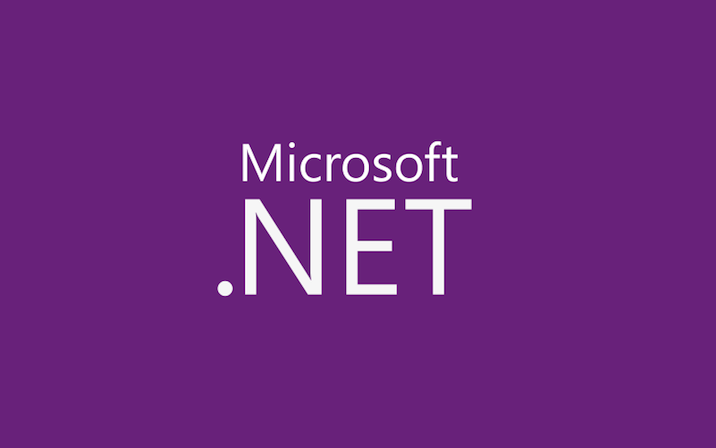


Parallel loop performance

Ordering the output of parallel computations

Implementing the Asynchronous Programming Model with Future

VSj article on Parallel Extensions

Custom parallel looping constructs

Task Parallel Library on Channel 9

Recursion and Concurrency

Parallel Extensions on .NET Rocks


 Light
Light Dark
Dark